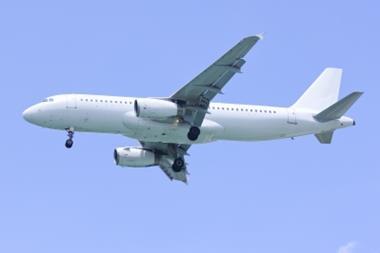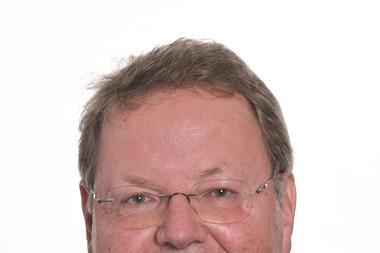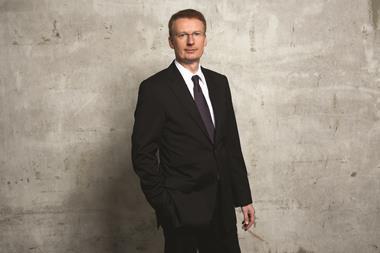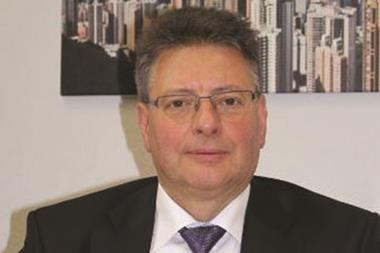The man responsible for the first solar-powered airplane capable of flying around the world talks to StrategicRISK about the risks lessons learnt from a revolutionary plane

Q. What has Solar Impulse taught you about taking risks and risk management? Has this changed over time? How?
A. Solar Impulse is not an industrial project where the risk is managed in a conservative way. It’s an experimental adventure, with no benchmark and no other example to follow, as nobody has ever done something like this before. It’s a big first. It means that the project in itself is a risky endeavor, but we have to be sure on the other side that the airplane itself doesn’t have an accident.In other words : risky project but safe airplane. In that sense, for me, the biggest risk is not to fail, but to be scared of trying.
Q. Are there any important lessons you have learned that translate to other, more Earth-bound enterprises?
A. The biggest danger today is not to fly in a solar airplane, but to live in a world that burns one million tons of oil every hour (without even counting gas and coal), pollutes the planet, disturbs the climate and leaves incredibly high public deficit to the next generations who will never be able to pay it back. These are the topics to adress if we want to reduce the risks of living in our world.
Q. Have you found that risks can be opportunities as well as problems? If so, how?
A. Yes, of course. As we built the second plane, we tested the strength of the wing on the ground, but it broke. It could have been a disaster as we had to postpone the round the world flight by one year, but it happened to be a great opportunity. During the reconstruction of the wing, we had the time to cross the USA with our first prototype. It has been our most successful flight mission to date, with an amazing press coverage of 8.5 billion media impressions to promote our message about clean technologies can be used to reduce energy consumption and save natural resources on the ground in every field of life, mobility and industry. This is why governments, institutions and NGOs follow us so closely.
Solar Impulse 2 in numbers
Following 12 years of calculations, construction and testing, Swiss-based aviation pioneers Bertrand Piccard and André Borschberg unveiled Solar Impulse 2 in Payerne, Switerland, in April 2014. It is an upgrade of the prototype, Solar Impulse 1, which proved in 2010 that it could fl y day and night on solar energy and, by storing sunlight in its batteries, that craft achieved the first solarpowered overnight flight in history, lasting 26 hours, 10 minutes and 19 seconds.
To ensure that Solar Impulse 2 could fly longer and further than its predecessor, the team built a wingspan 72m across and layered it with 17,000 solar cells (covering 269.5m2). These cells supply four electric motors with renewable energy and recharge the plane’s custom-made lithium batteries during the day so that it can fly at night.
Size is everything for such an aircraft, and the smaller and lighter the components, the better. Engineers carefully calculated the weight of each material used to ensure that the plane was light enough to fly on renewable energy. Every gram that took the craft above a certain weight had to be deducted elsewhere to ensure it could carry the 633kg weight of the batteries and house a cockpit comfortable enough for a pilot to live in for a week. Overall, the plane is proportionately 10 times lighter than the best glider and although the wingspan is 4m longer than the Boeing 747, Solar Impulse 2 weighs only 2.300kg.
The ultralight plane is a breakthrough aeronautically, pushing the boundaries of what is possible.




















No comments yet